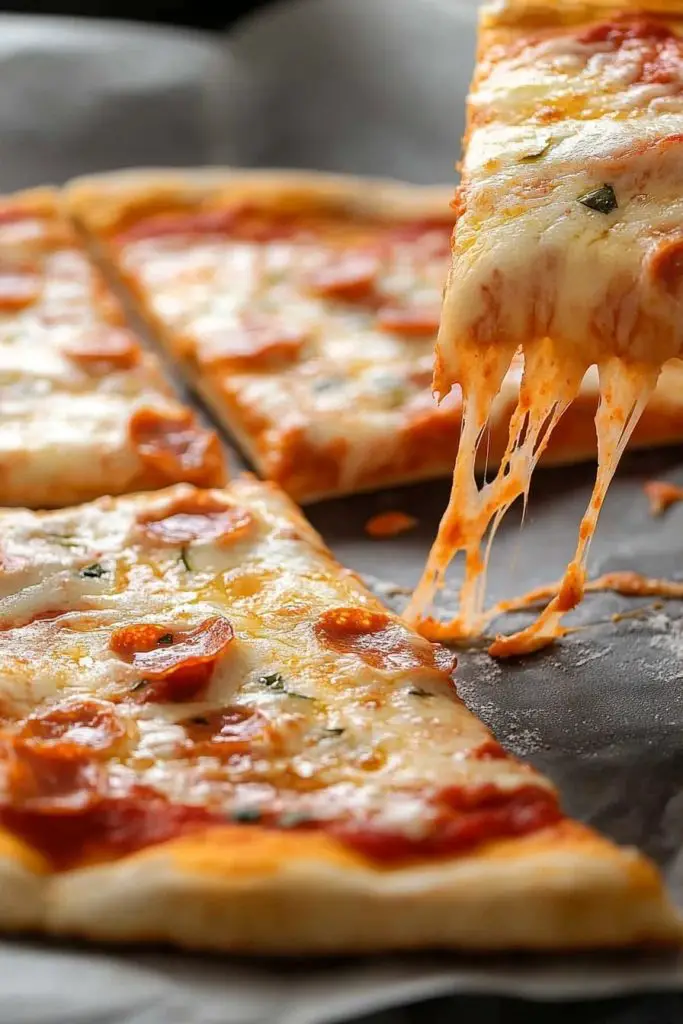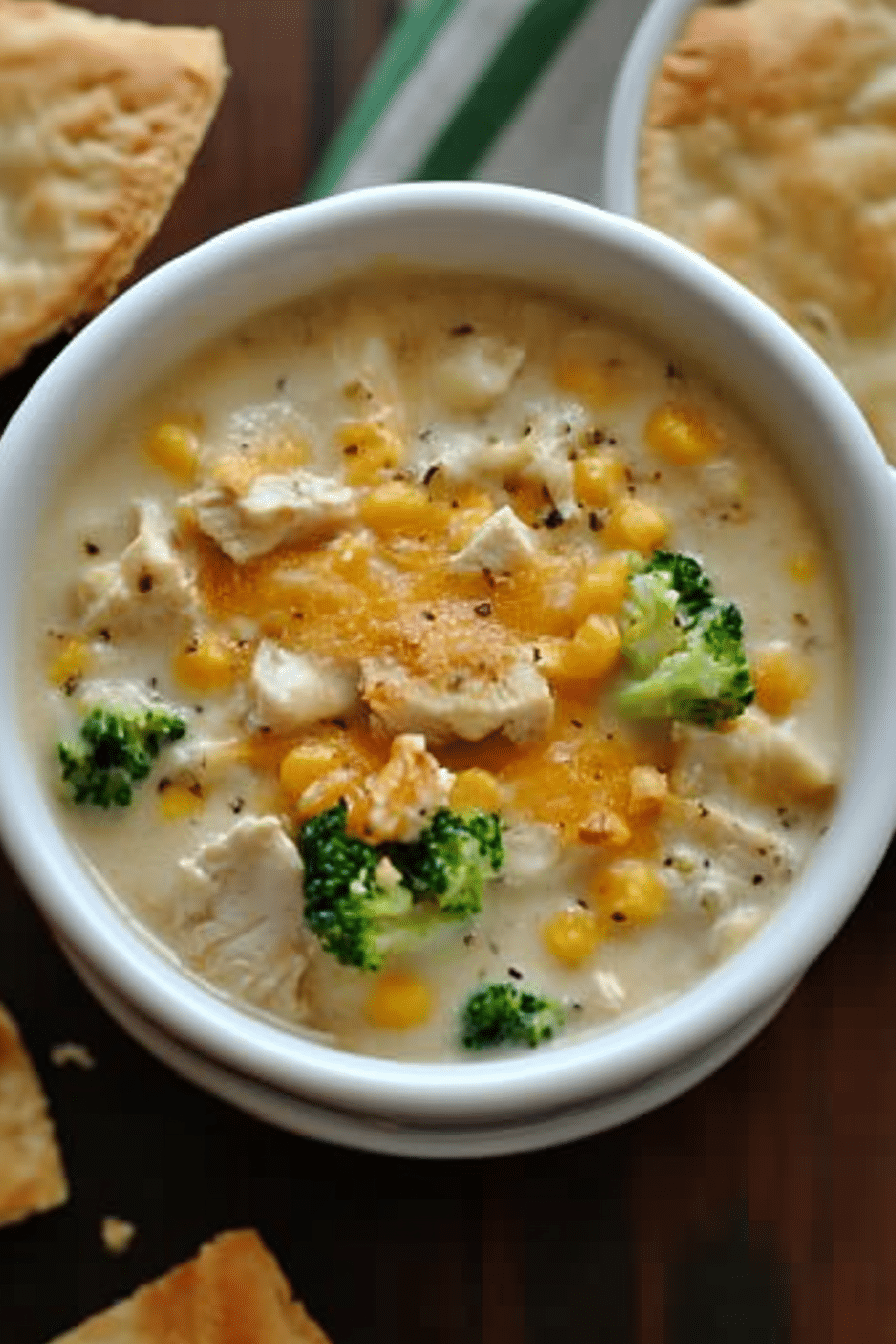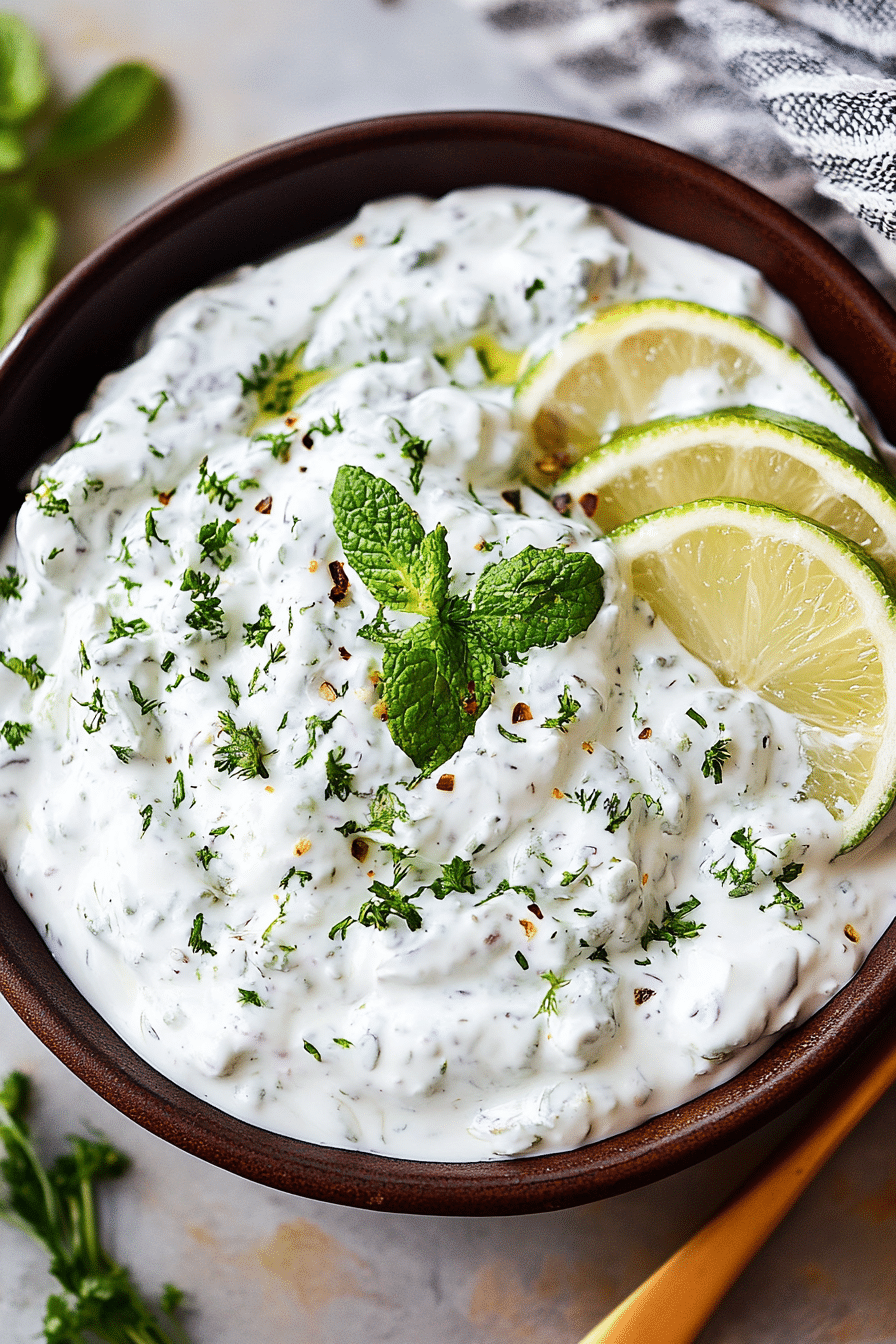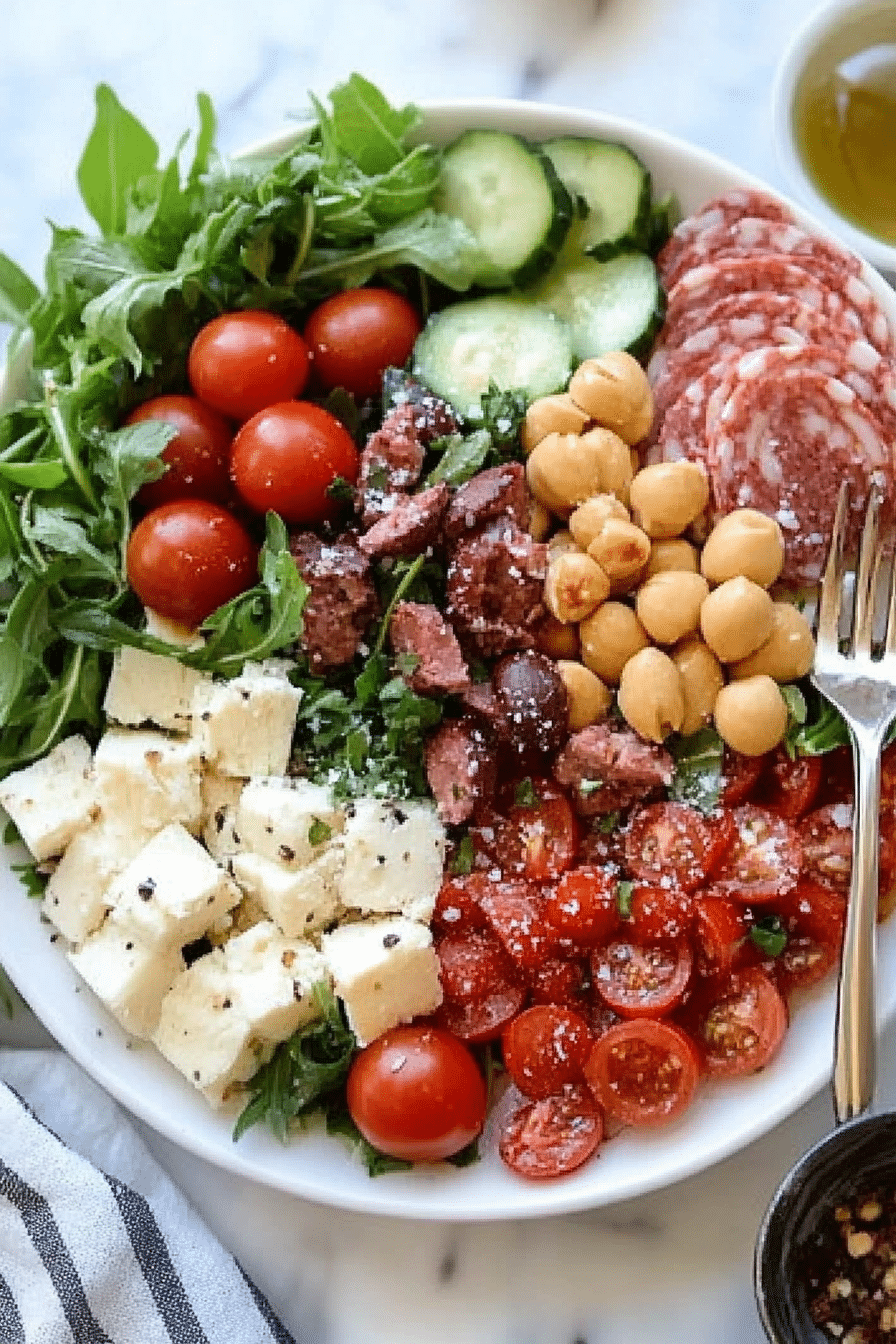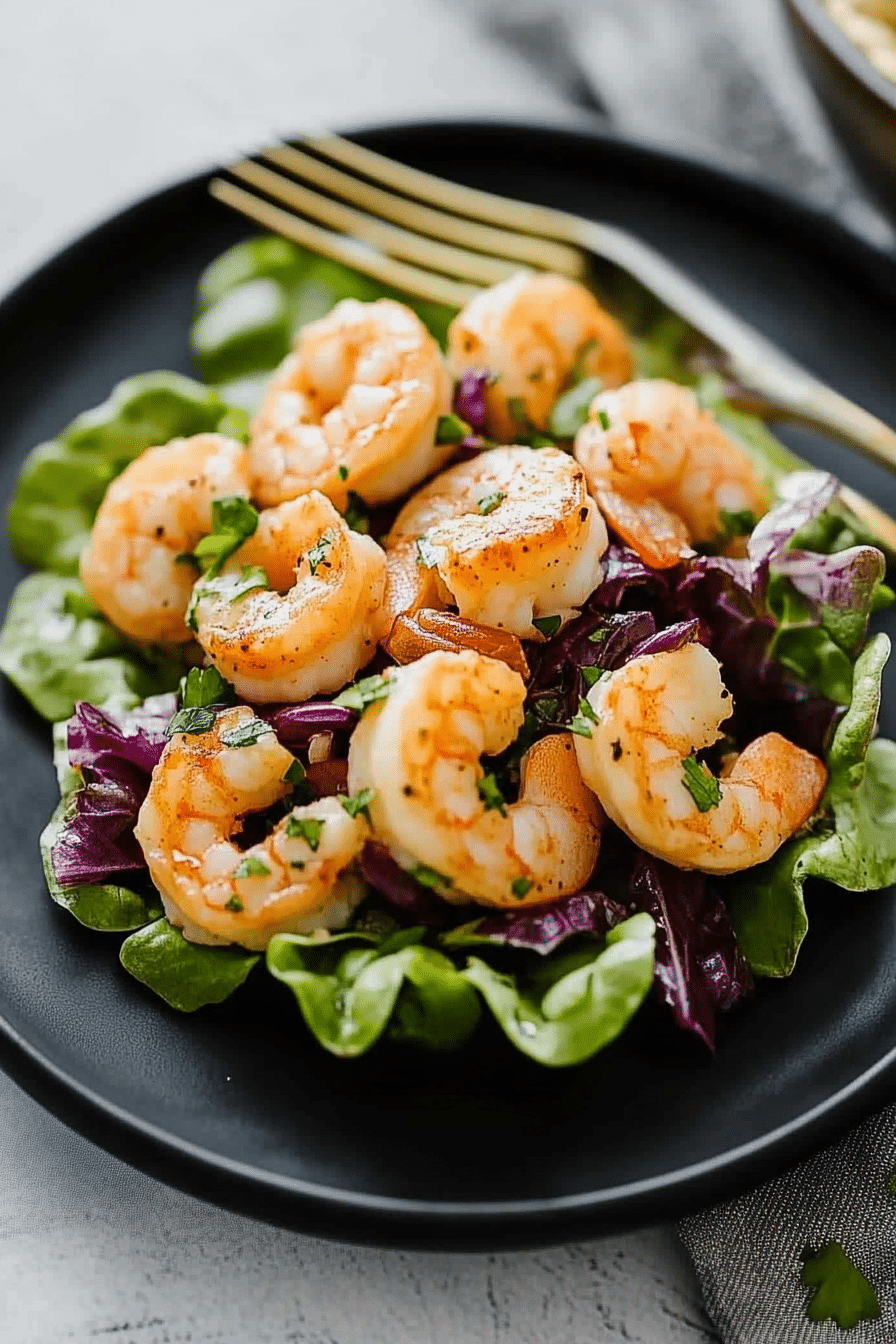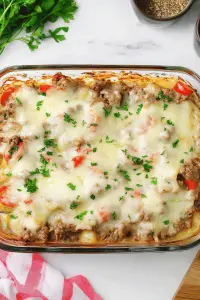We’ve all been there. Let’s be real. Is it possible to staring into the fridge, willing for a delicious, easy dinner to magically appear? Pizza night should be a joy, but if you’re like me and need to watch the gluten, finding the perfect perfect pizza can be difficult. What does toppings feel like? I was stuck in a mozzarella-pepperoni rut for years, longing for the creative pizzas I used to make. Now, I’m back. What are some gluten-free recipes? What is gluten-free pizza? What is your personal pizza topping playground? Who reigns supreme What’s better than spaghetti with red sauce?
Thank you for reading this post, don't forget to subscribe!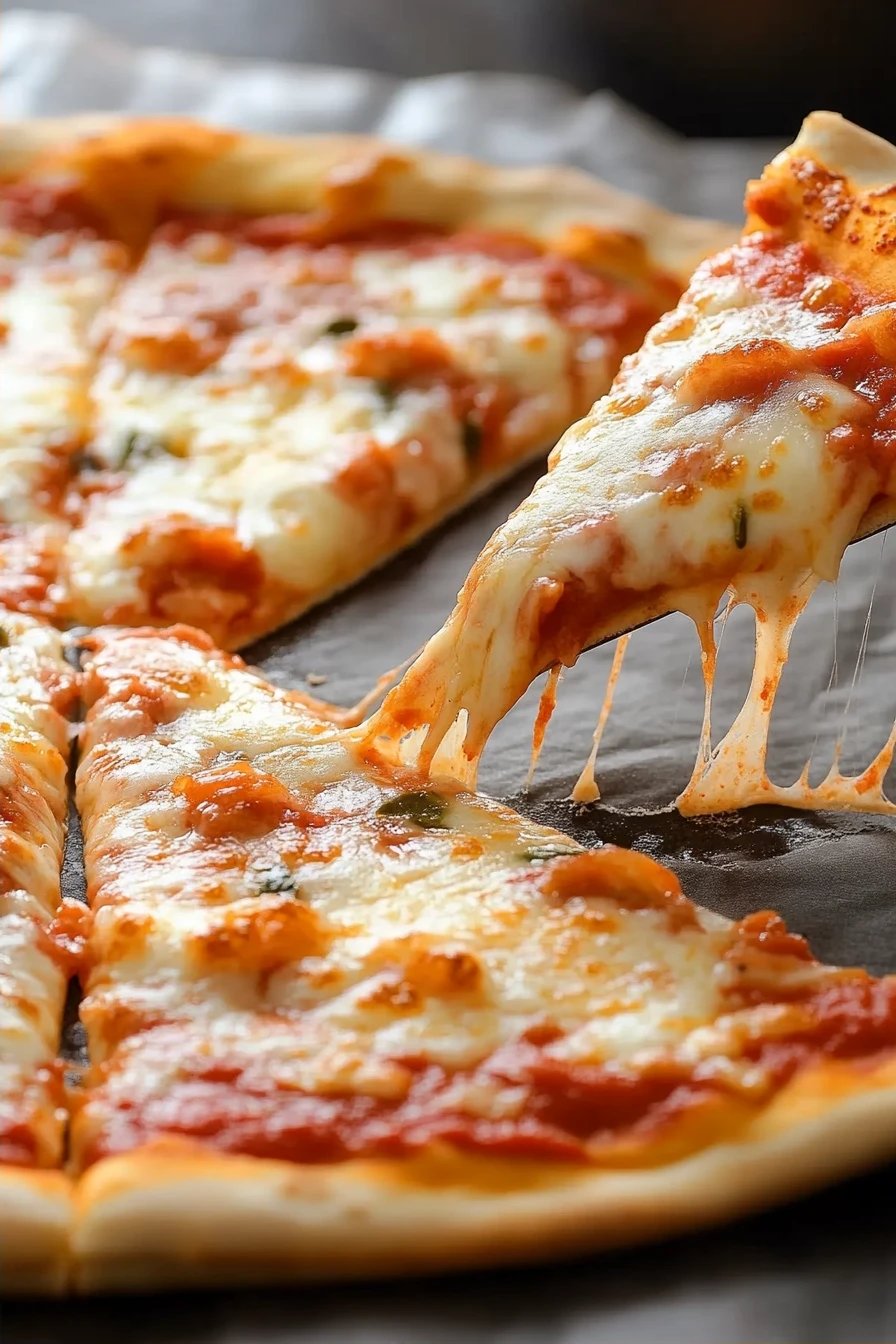
What are gluten-free pizza toppings?
What is gluten-free pizza toppings? What are some ingredients that are gluten-free? adapted to be so. Think fresh veggies bursting with flavor, succulent meats, creamy cheeses (lots of them! ), and flavorful sauces that won’t trigger any sensitivities. What is more than a list of ingredients? Is there an approach to pizza making that embraces creativity, experimentation, and the joy of building. What makes a good pizza? Is gluten free?
Why do I love this recipe?
How do I start surviving pizza night? What I love about this approach is how versatile it is.
- Flavor explosion: WhyImagine a pizza bursting with the sweetness of roasted red peppers, the savory tang of artichoke hearts. What are some of the best flavors of goat cheese, chorizo, and heart? What are some good flavor combinations that will make your taste buds sing?
- Is it really thatIgnore complicated recipes. Most of these toppings are ready to go straight from the fridge or pantry. What are some good tips for making a perfect pizza?
- Budget friendlyWhat are the best gluten-free pizza recipes? Many of these toppings are staples you probably already have on hand, and you can easily adapt the recipe. What’s in season or on sale?
- Endless possibilities: WhatWhat are some good starting points for a beginner? Feel free to mix and match, experiment with different flavor combinations, and create your own. What are some of the best gluten-free pizzas Is this a book for adventure? If you love pesto chicken you should totally add to your pizza for a more delicious taste.
What are the best gluten-free pizza toppings? Pizza night is the same again and again. I can already tell that the gluten-free Pepperoni Pizza topping will be your favorite!
How to Make Gluten-Free Pizza Toppings
Quick Overview
How do I make gluten-free pizza toppings? What’s all about choosing quality ingredients, prepping them properly, and layering them strategically? To create the perfect balance of flavor and texture. What is the beauty of this is that there is no one way to do it, you are free to make your favorite combo. Don’t overthink it, just have fun. Let your creativity shine. How do I make a good pizza?
Ingredients
For the Base:
- gluten-free pizza crust: What areWhat is your favorite song and why? What are some of the best pre-made options available today? I usually buy a crust from Whole Foods. I like it.
- Pizza sauce:What is the best marinara recipe? What are some gluten free recipes?
For the Veggies: For
- What are the best ways to roast redI usually buy them jarred for convenience. Adds a touch of sweetness and smoky flavor.
- Artichoke HeartsAdd a tangy, slightly briny flavor. Marinated artichoke hearts are especially delicious.
- Spinach:Fresh spinach wilts beautifully on the pizza, adding a boost of nutrients and mild flavor.
- Mushrooms:I love sautéed mushrooms. They add an earthy, savory note. I like using cremini or shiitake mushrooms
- Red Onion:Red onion: Thinly sliced red onion adds a sharp, slightly sweet bite.
- Black Olives: Adds a salty, briny flavor.
- Cherry TomatoesWhat are some of the best cherry tomatoes?
For the Meats:
- Italian Sausage: WhatAdds a spicy kick. Make sure to remove it from the casing and crumble it before adding it to the pizza.
- Pepperoni:What’s a gluten free pizza topping?
- Prosciutto:Adds a salty, slightly sweet flavor and delicate texture.
- Chorizo: Adds a smoky, spicy flavor.
For the Cheeses: What are some
- Mozzarella:What is the best pizza cheese?
- Goat Cheese: Adds a creamy, tangy flavor.
- Parmesan: Adds a salty, nutty flavor.
- Ricotta: Adds a creamy, slightly sweet flavor.
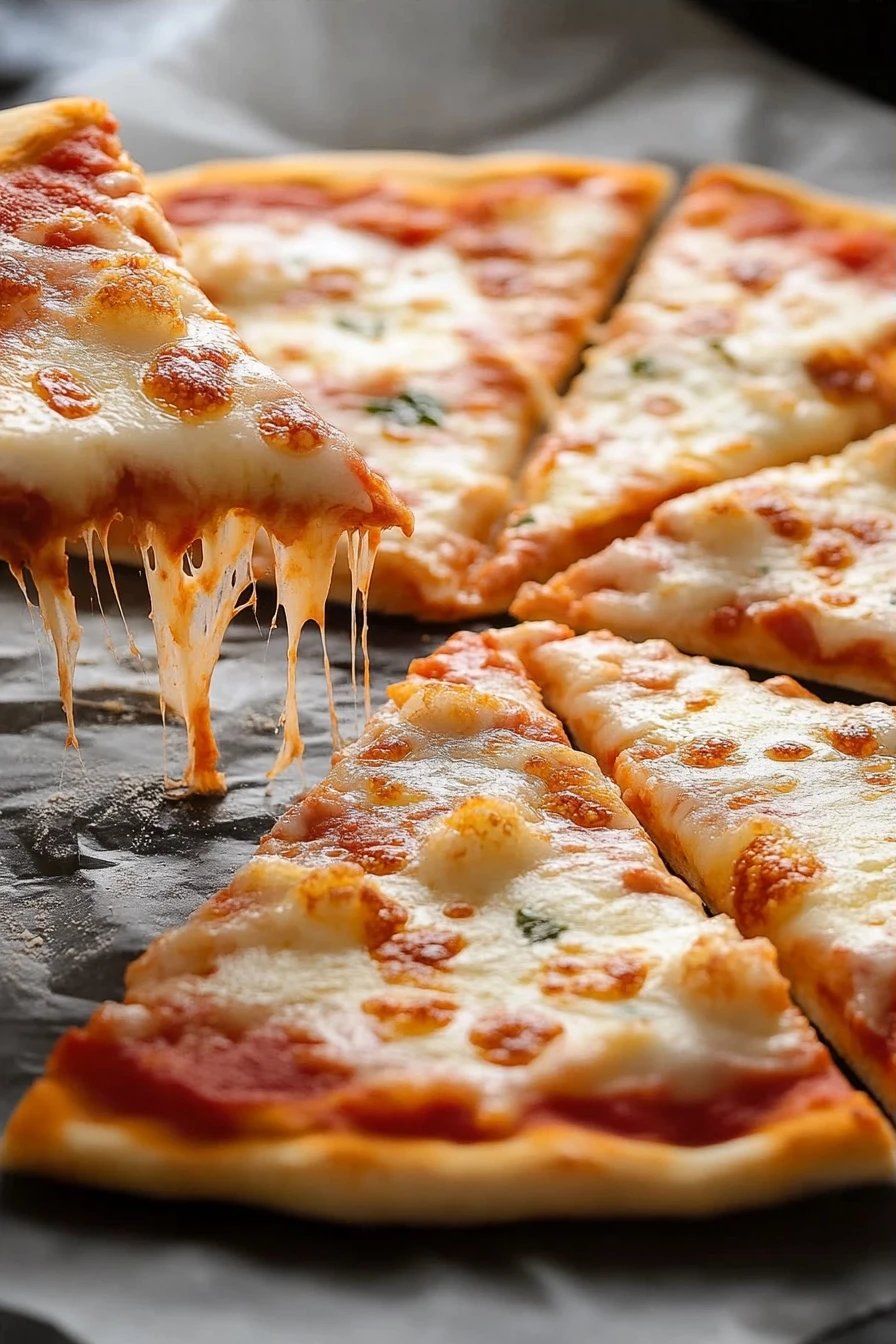
What is the step-
Step 1: Preheat Oven & Prep Crust
Preheat your oven to the temperature recommended on your gluten-free pizza crust packaging. Around 400-450° While the oven is heating up, prepare your crust by lightly brushing it with olive oil. How do you make a crisp in the oven?
Step 2: Sauce It Up
Spread a thin, even layer of pizza sauce over the crust, leaving a small border around the edges. Don’t overdo it on the sauce; too much can make the crust soggy.
Step 3: Cheese, Please!
Sprinkle a generous layer of mozzarella cheese over the sauce. What is the base for all your other toppings?
“New family favorite! This gluten-free pizza toppings was so flavorful and ridiculously easy. Crowd-pleaser for sure.”
Step 4: Veggie Power
Arrange your veggies over the cheese. I like to start with the heartier veggies, like roasted red peppers and artichoke hearts, and then move on to the healthier ones. Add the more delicate ones, like spinach and cherry tomatoes.
Step 5: Meat Lovers Rejoice
If you’re using meat, sprinkle it over the veggies. I like to crumble the sausage and tear the prosciutto into smaller pieces for even distribution.
Step 6: Cheese, Part Two
Add dollops of goat cheese or ricotta cheese over the pizza. These cheeses don’t melt as easily as mozzarella, so they’re best added towards the end.
Step 7: Sprinkle & Bake
Sprinkle parmesan cheese over the entire pizza. This will add a salty, nutty flavor and help the toppings brown nicely in the oven. Bake for the time recommended on your gluten-free pizza crust packaging, or until the crust is golden brown and the cheese is melted and bubbly.
Step 8: Cool Slightly & Slice
Let the pizza cool for a few minutes before slicing and serving. This will prevent the cheese from sliding off.
Step 9: Enjoy!
Serve immediately and enjoy your delicious, custom-made gluten-free pizza!
What to Serve It With
Pizza night is more than just the pizza itself! It’s about creating a fun, relaxed meal that everyone will enjoy.
For a light lunch: A simple side salad with mixed greens, a light vinaigrette, and some shaved parmesan cheese is the perfect complement to your pizza.
For dinner:
- Roasted vegetables: Roasted broccoli, Brussels sprouts, or carrots add a touch of elegance to the meal.
- A glass of wine: A crisp white wine like Sauvignon Blanc or Pinot Grigio pairs perfectly with most pizzas.
I know, for my family, we always have pizza with a caesar salad. The acidity of the salad and the garlic really elevates our pizza!
Top Tips for Perfecting Your Gluten-Free Pizza
Alright, let’s talk about those little tricks that can take your gluten-free pizza from good to absolutely amazing!
Gluten-Free Crust is King: Experiment with different brands and types of gluten-free crusts to find your favorite. Some are thin and crispy, while others are thicker and chewier. I personally prefer a thinner crust so the toppings are more prominent.
Don’t Overload: Resist the urge to pile on too many toppings. Overloading the pizza can make the crust soggy and prevent the toppings from cooking evenly.
Pre-Cook Certain Toppings: Some toppings, like mushrooms and sausage, release a lot of moisture when cooked. Pre-cooking them before adding them to the pizza will help prevent a soggy crust.
Cheese Strategy: Layer your cheeses strategically. Start with a base of mozzarella, then add dollops of goat cheese or ricotta on top. Sprinkle parmesan cheese over everything for a salty, nutty finish.
Fresh Herbs: A sprinkle of fresh herbs, like basil or oregano, after baking adds a burst of flavor and freshness.
“Made the gluten-free pizza toppings tonight and wow — perfect weeknight dinner. Will definitely make again!”
Experiment with Flavors: Don’t be afraid to get creative with your toppings! Try different flavor combinations and create your own signature gluten-free pizza masterpieces. One time I tried pineapple and chorizo (I know it’s a controversial pizza) but my kids loved it!
Storing and Reheating Tips
Okay, let’s talk about how to keep your gluten-free pizza tasting its best, even after it’s been sitting around for a bit.
Room Temperature: Leftover pizza can be stored at room temperature for up to two hours. After that, it’s best to refrigerate it.
Refrigerator Storage: Store leftover pizza in an airtight container in the refrigerator for up to three days.
Freezer Instructions: To freeze pizza, wrap it tightly in plastic wrap and then in aluminum foil. Freeze for up to two months. Thaw in the refrigerator overnight before reheating.
Reheating Pizza:
- Oven: Preheat your oven to 350°F and reheat the pizza for 10-15 minutes, or until it’s heated through and the crust is crispy.
- Skillet: Heat a skillet over medium heat and reheat the pizza for 5-10 minutes, or until it’s heated through and the crust is crispy. This is my go-to method for reheating pizza!
Frequently Asked Questions
Final Thoughts
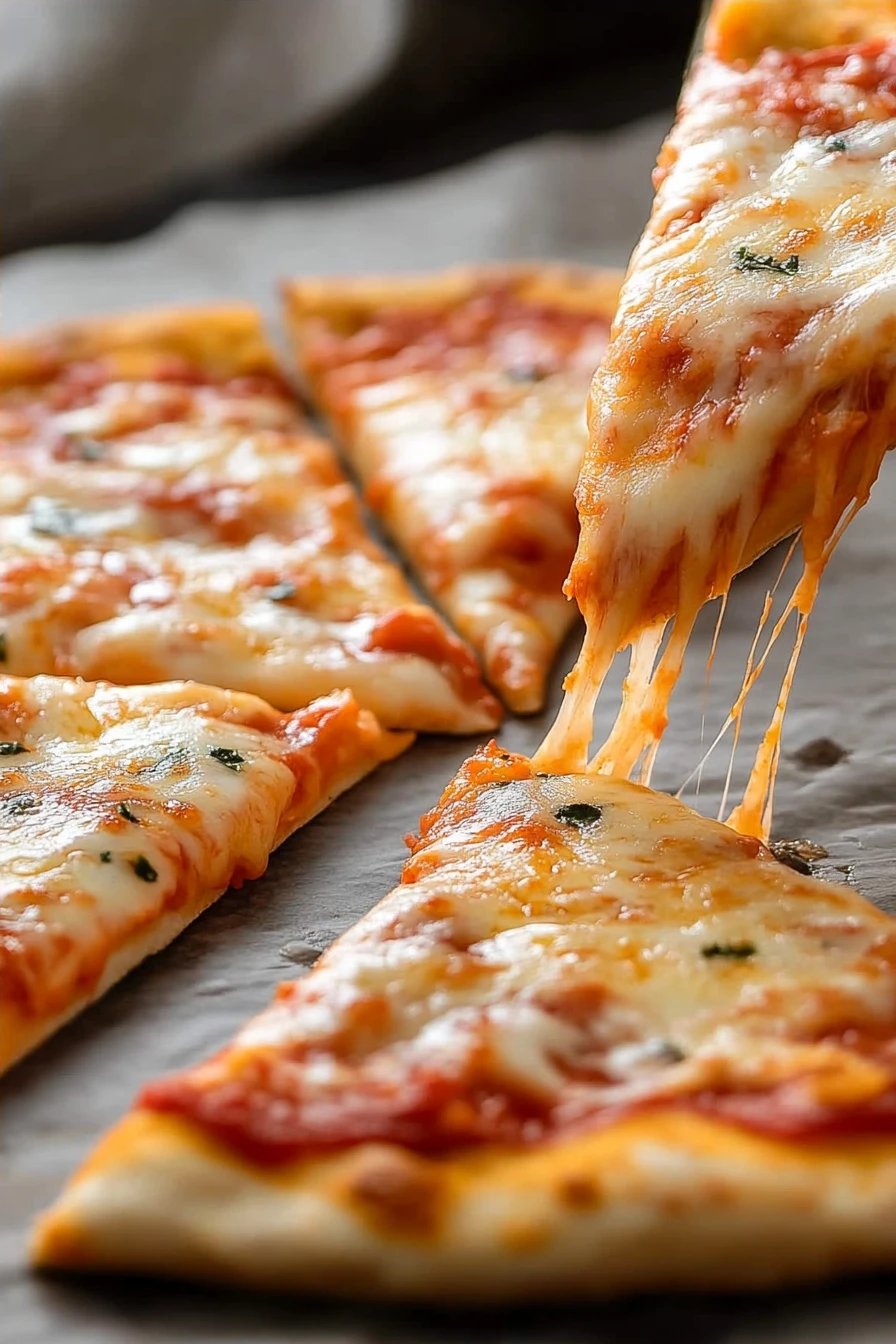
So there you have it! A complete guide to creating amazing gluten-free pizzas that are bursting with flavor and excitement. It’s all about embracing creativity, experimenting with different flavor combinations, and most importantly, having fun in the kitchen. And if you are someone that loves healthy stuff, try looking at our gluten-free oatmeal cookie recipes!
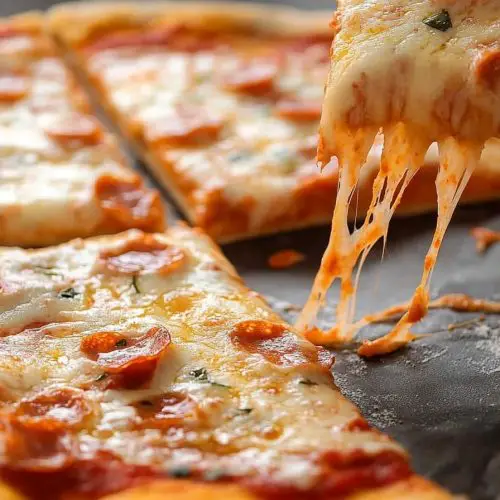
Gluten-Free Pizza Toppings
Ingredients
Main Ingredients
- 1 cup Gluten-free pizza dough
- 0.5 cup Pizza sauce
- 1 cup Shredded mozzarella cheese
- 0.5 cup Sliced mushrooms
- 0.5 cup Sliced bell peppers
Instructions
Preparation Steps
- Preheat oven to 450°F (232°C).
- Roll out gluten-free pizza dough and place it on a baking sheet.
- Spread pizza sauce evenly over the dough.
- Add mozzarella cheese, mushrooms, and bell peppers.
- Bake for 12-15 minutes, or until crust is golden brown and cheese is melted and bubbly.


